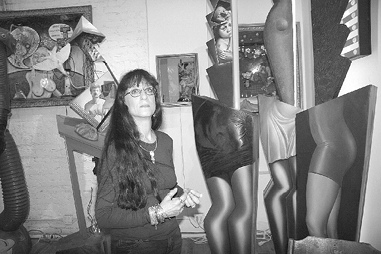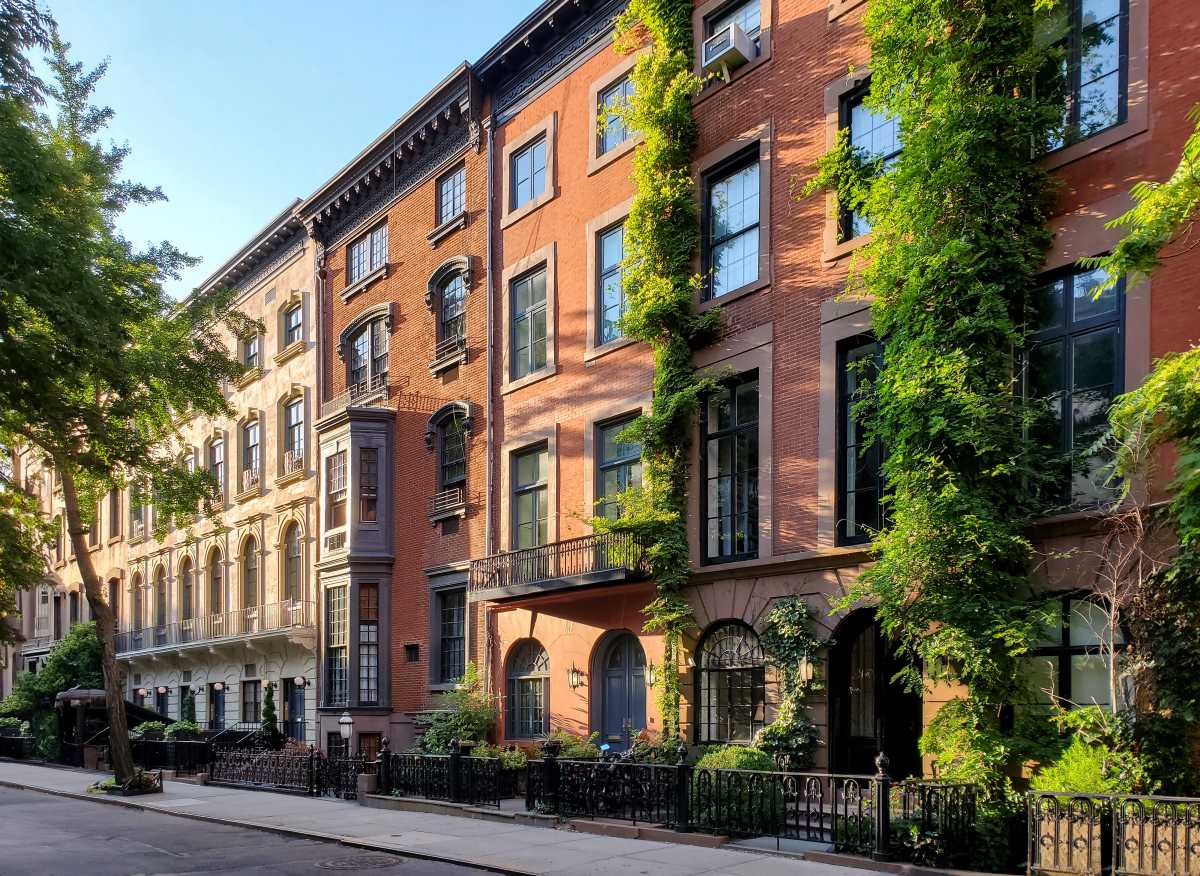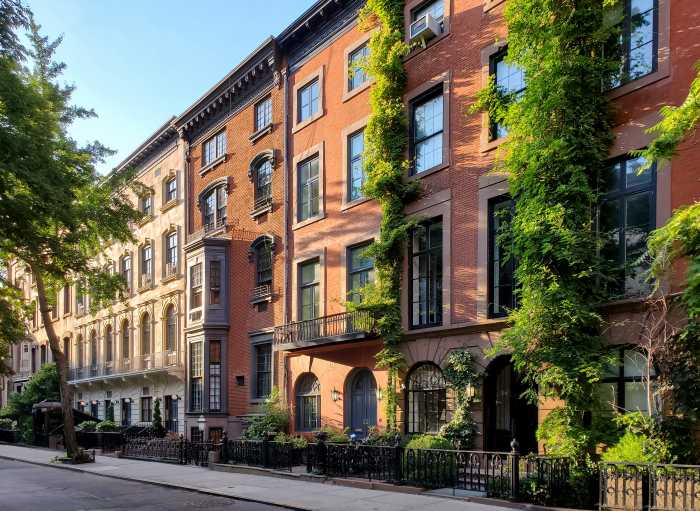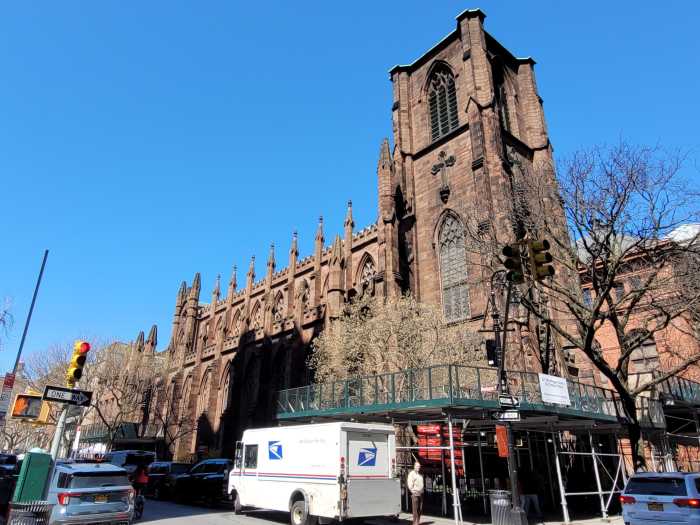By Lori Haught
Fusion art bombards your senses, much like New York City itself, although the art does so in a good way.
Unlike the city, where the smell of the streets, the roar of the subway and the flashing lights of stores accost the average pedestrian to the point that the everyday stimuli is ignored, Fusion art envelopes onlookers and delicately plays with their five senses.
The mission of Fusion Arts, or the Converging Arts Media Organization, at 57 Stanton St., is to promote the art form that gave the gallery and nonprofit organization its name.
The pieces on exhibit are three-dimensional and feature lighting and even sound.
“We are the only contemporary art gallery in New York City to exhibit this work,” said Deborah Fries, director of Fusion Arts.
She said that the pieces are often fragile, require electricity and are often hard to hang. All of this turns most contemporary galleries off, but it’s what Fusion is all about.
“I do not display art that matches your couch,” Fries said. She said she is not interested in a gallery where people in suits walk around talking about whether or not something might look nice in their country home; she is interested in the community and art that engages the viewer.
Shalom Neuman, founder of Fusion Arts, first popularized this multidisciplinary art.
Neuman escaped Prague with his family before Czechoslovakia succumbed to the Communist regime and grew up in Kiriyat Chaim, a small town in Israel along the Mediterranean Sea.
He came to America for school and was persuaded by one of his professors at Carnegie Mellon to move to New York City after completing both his Bachelor and Master of Fine Arts in painting and sculpture.
He taught art at Pratt, Parsons and The Cooper Union and moved into 57 Stanton St. in 1984, using what is now the gallery space as his studio and living upstairs.
“It was a mess,” Neuman said. “I cleaned it up.”
It took almost half a year to clean. At that time, the Lower East Side was a hub for drugs and prostitution as well as an emerging arts scene. Neuman was quickly immersed in that art scene.
He was involved with the Rivington Sculpture Garden, on Forsyth and Eldridge Sts., and the Temporary Autonomous Zone, and sponsored the Fusion Festivals, incorporating music, art and poetry into three-day, three-night events.
Neuman lived on Stanton well into the ’90s but eventually moved out, leaving the property to Fries, a Parsons student and friend of Neuman’s. Fries started the nonprofit Fusion Arts to provide a venue and outlet for little-known artists working in this large variety of mediums.
Fusion art is a combination and integration of multiple disciplines. Neuman has said that he never felt that art should be confined to one discipline: A sculptor can paint and a painter can sculpt and they can meld the two together as well.
“To delineate it into one of the current genres is like putting a square peg into a round hole,” Fries explained.
The gallery still displays much of Neuman’s work, some of which — including two robots that move to lights and sound — were just too big or too fragile to move from his old studio safely.
Fries, who is committed to community involvement, said that the kids from local schools often come by to see the robots, and she welcomes any members of the community, especially the children.
“This is still a low-income area,” she said. “I don’t want this to be a place where people come in and someone looks down their nose at you. I want people here.”
Where most museums have roped-off artwork and signs that say, “Don’t touch,” there are only two rules for the kids that come into Fusion Arts; like the gallery and the art, these rules are also unconventional:
“Mommy and Daddy have to know where you are,” Fries said. “And you have to do well in school.” Then she’ll turn the robot on for you.
So, whether it be hosting international art exhibits or featuring a tribute to an artist and friend who has passed on, like their current exhibit, “Heavy Water,” a tribute to Italian artist Enrico Baj, the Fusion Arts gallery is providing a forum for little-known artists and a safe place for the residents of the Lower East Side.































